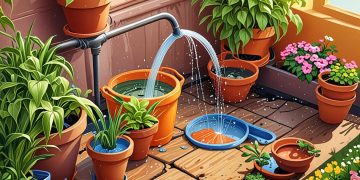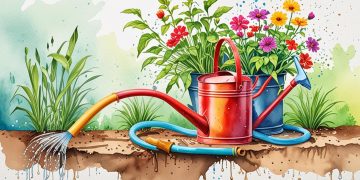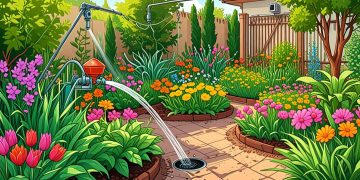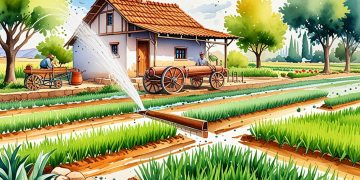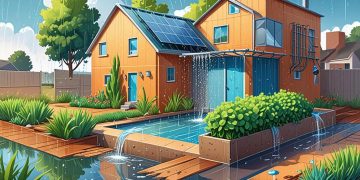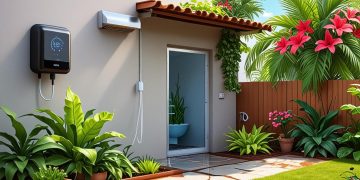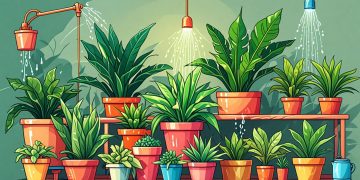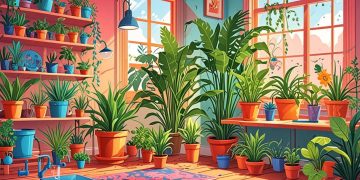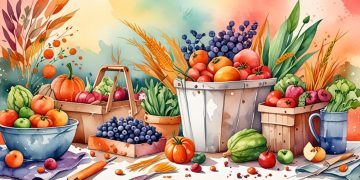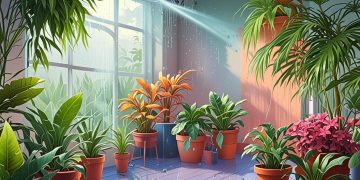Innovative rainwater harvesting systems are emerging as a critical solution for sustainable irrigation amidst growing water scarcity. By capturing rainwater, these systems enhance agricultural resilience, reduce costs, and promote environmental health. As adoption increases, they pave the way for a more sustainable agricultural future, benefiting both farmers and the ecosystem.
